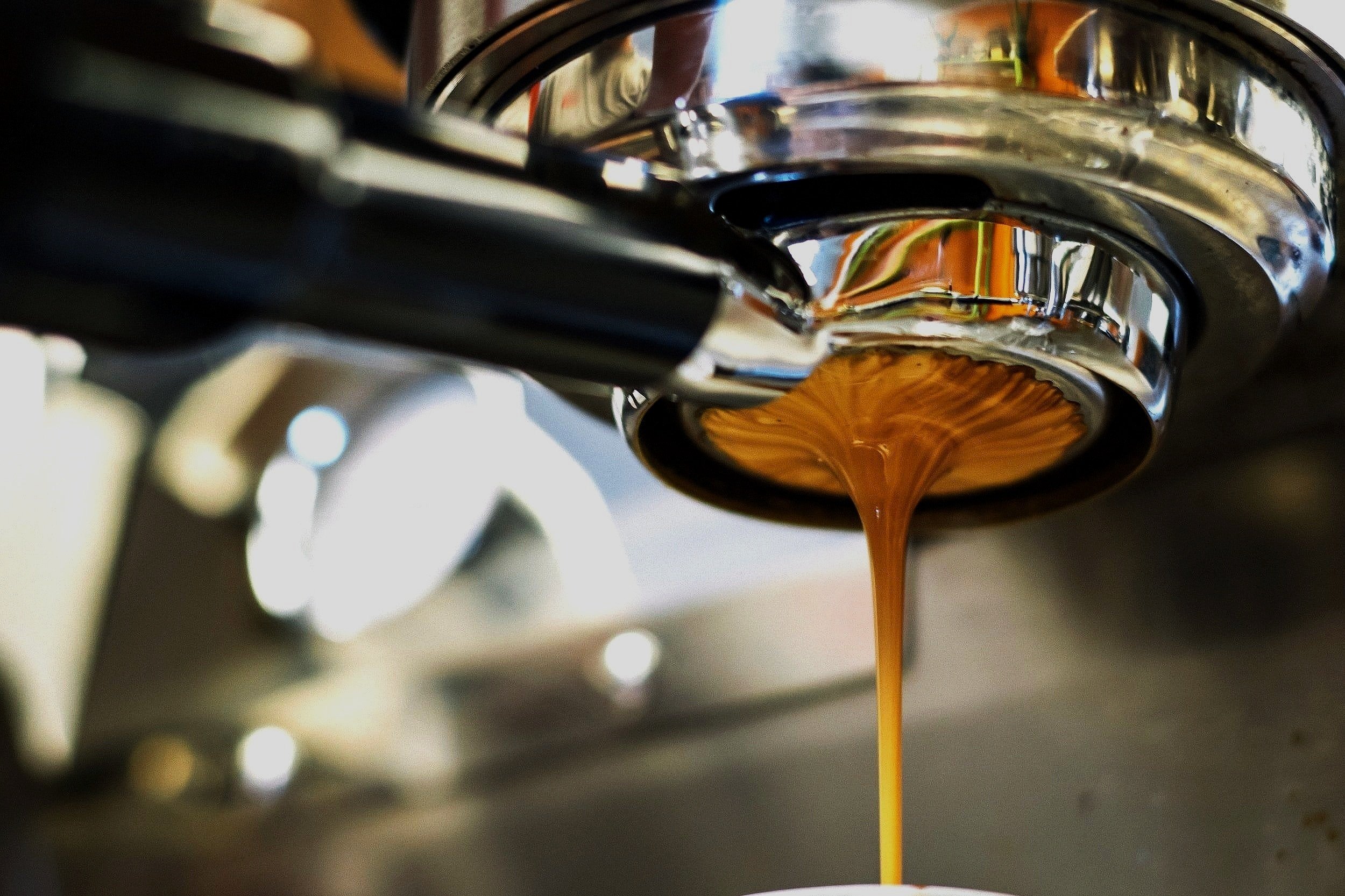About Coffee: Origin, Roasting and Brewing Methods
The Origin of Coffee
The origins of the coffee plant lay in modern-day Ethiopia where the Robusta plant grew naturally. The plants were exported to Arabia in the 15th Century where they were cultivated for the euphoric effects their cherries produced. Today there are two principal coffee plants: Robusta and Arabica.
Throughout the 16th and 17th Centuries, coffee was introduced across Europe where the coffee house became an established part of European culture.
Increased demand and the learning about coffee around the world led to cultivation of the plants throughout equatorial regions of the Earth. It is now grown across Latin and South America, Africa, South and South East Asia and Northern Australia.
About Coffee Beans
Coffee beans are not beans at all! Rather they are the seed that grows at the centre of the coffee cherry. The way that the seed is harvested and processed varies on the coffee origin around the world and results in significant flavour variations.
You can see some of the different stages about coffee production below







Depending on the origin of the coffee, the cherries can be washed, sun-dried, pulped or wet-hulled. Each process has its influence on the taste process and each region of the world has a preferred method. Once the process is complete, the green beans are packed into hessian sacks and exported to coffee roasters around the world.

The Roasting Process
It’s all about Coffee! and great beans are just the first part of the journey towards the perfect cup of coffee. The skill of the Roaster is crucial to skilfully bring out the best and unlock the perfect balance of flavours.
The Coffee Roaster
Having selected the green beans it’s up to the Roaster to decide how to get the best possible flavour from them. Each type of coffee requires a slightly different roasting technique. For example beans grown at very high altitudes will need to be roasted to a slightly higher temperature compared to those grown at lower altitudes.
Different beans also suit different “roast profiles” such as; Colombian and Brazilian beans suit a medium roast whereas coffees from South East Asia can be developed further to suit a darker roast.
The darkness of the roast has little to do with the strength of the coffee in your cup. The fineness of the grind will have a far greater impact. A medium roast ground more finely will have the effect of tasting “stonger” than a dark roast ground more coarsely.
And now its over to you! How you brew your coffee is a matter of personal taste. Intense espresso, moka pot or a filter coffee. It’s entirely your choice. We hope you find our tips and hints helpful.

The Brew
MOKA POT
Unscrew your Moka Pot and pour the water into the bottom part, up to the safety valve.
Grind your coffee slightly courser than espresso grind to avoid the basket clogging.
Insert the filter basket inside the bottom part of the Moka Pot and evenly spread the coffee in the filter basket.
Screw on the top part of the Moka Pot, but not too tight.
Place the Moka Pot onto a medium heat.
After a couple of minutes you should begin to see coffee trickling out from the centre.
When the Moka pot is almost full, take it off the heat.
Wait until there is no more coffee coming out in the top chamber, then serve.
CAFETIERE
Measure the appropriate amount of coffee and grind at a very coarse setting.
Preheat your cafetiere with boiling water.
After pouring away the water used to preheat, add your coffee into the cafetiere, then pour on your water that is no longer at boiling point, making sure you saturate all the grinds.
Once you have added all the water, give it a stir then let the coffee brew for around four minutes.
Plunge the filter all the way to the bottom and serve.
POUR OVER
The Chemex Coffee Maker is a pour-over style brewer, with a non-porous glass flask shaped like an hourglass. The neck or handle of the body is wrapped with a polished wood collar and a leather tie. The Chemex is simple and stunning in design, so much so that it’s featured in The Museum of Modern Art in New York.
Coffee: 30g - Medium grind
Water: 500g, 95ºC
Add 60g water to coffee and leave to bloom
Wait 30-45 seconds, then add 200g water, adding the remaining 240g in stages
Stir, then remove filter when water has passed through (this should take 3.5-4.5 mins)
ESPRESSO
Clear the group handle of any leftover coffee grounds
Refill group handle with freshly ground espresso grind coffee (fine)
Tamp the coffee firmly into the basket
Quickly rinse the group head
Place the group handle in the group head and off you go!
Discover More About Us
-

Our Story
Primo Coffee and Tea Ltd was born on Christmas Eve 2015. A conversation around the kitchen table turned to business and before we knew it we were diving in to the world of coffee.
-

A Bit About Tea
Find out about the history and cultivation of the Tea plant. The different types and grades of Tea and read our guide to brewing methods.







